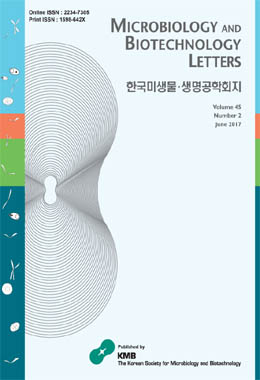Gul (oyster) jeotgals (GJs) were prepared using different types of salt (23%, w/v): purified salt, solar salt aged for 3 years, and bamboo salt crystalized 3 times. One set of GJs was fermented with Bacillus subtilis JS2 (106 CFU/g), while the other GJ set was fermented without starter. During fermentation for 24 weeks at 15℃, the starter GJs showed 10-fold higher bacilli counts than the no-starter GJs, where the maximum bacilli count was 8 × 103 CFU/g. All 28 bacilli strains isolated from the 6-week GJs were identified as B. subtilis by using a RAPD-PCR, indicating that some of the B. subtilis JS2 cells remained viable. Lactic acid bacteria (LAB) and yeasts were present at low levels, 101 -102 CFU/g. LAB with protease activities isolated from 10- week samples were identified as Enterococcus species. The isolates obtained at 16 weeks were all Staphylococcus species. The GJs with bamboo salt showed higher pH and lower titratable acidity (TA) values than the other GJs due to the strong alkalinity of bamboo salt. The amino-type nitrogen in the GJs increased slowly during the fermentation. At 24 weeks, the GJs with purified salt showed the highest amino-type nitrogen (412-430 mg%), followed by the GJs with solar salt (397-406 mg%) and GJs with bamboo salt (264- 276 mg%). Meanwhile, the GJs with bamboo salt showed the highest ammonia-type N (63-67 mg%), followed by the GJs with purified salt (49 mg%) and solar salt (48 mg%).


